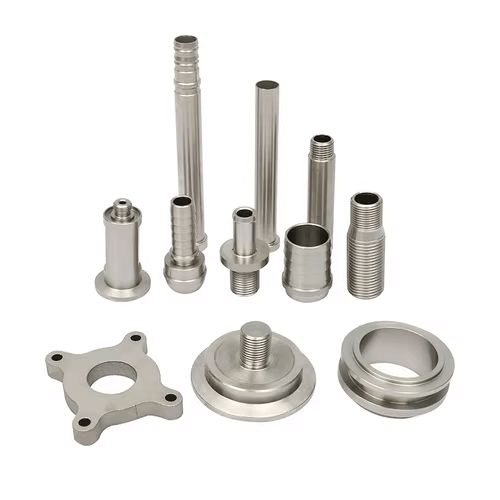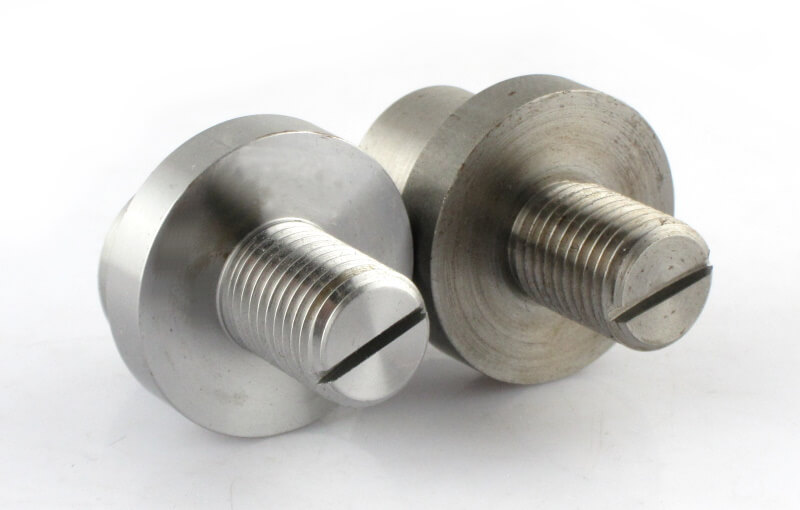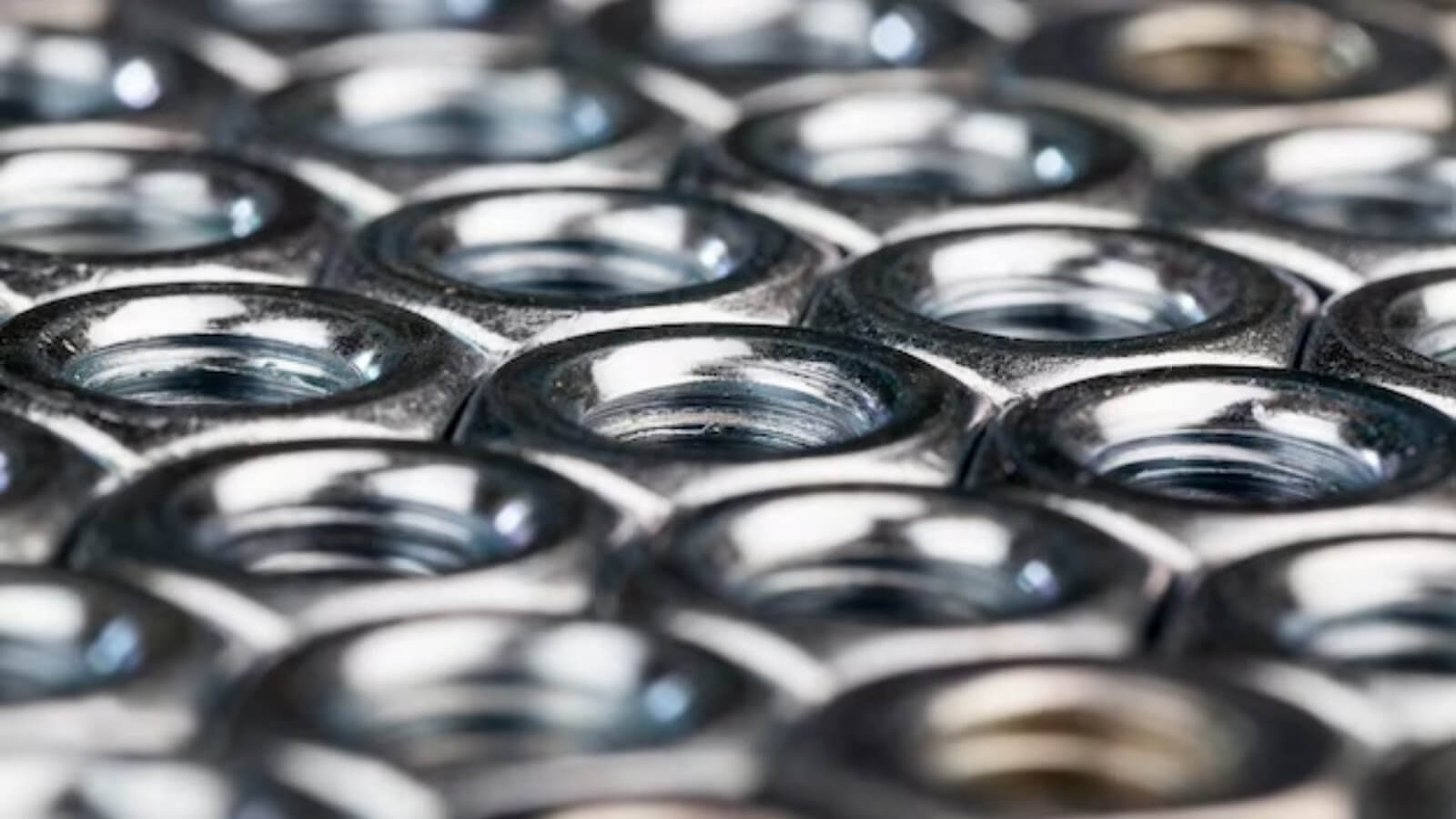Advantages and disadvantages of stainless steel passivation treatment
Passivation is a method of transforming the metal surface into a state that is not easy to oxidize and slowing down the corrosion rate of the metal. In addition, the phenomenon that the chemical activity of active metals or alloys is greatly reduced and becomes a precious metal state is also called passivation.
1.Phenomenon of stainless steel passivation
If the corrosion product generated by the medium is dense, a thin film (often invisible) is formed, which is tightly covered on the metal surface, and the surface state of the metal is changed, so that the electrode potential of the metal jumps greatly in the positive direction, and becomes a corrosion-resistant passivation state. For example, when Fe→Fe++, the standard potential is -0.44V, and after passivation, it jumps to +0.5~1V, showing the corrosion-resistant properties of precious metals. This film is called a passivation film.
2.The purpose of stainless steel passivation
is to use strong oxidants or electrochemical methods to make the stainless steel surface inactive, that is, to make the stainless steel surface passivated, with certain anti-rust properties.

3.Difference between stainless steel passivation and anti-rust oil
The main difference between passivation and anti-rust oil is the different products produced; anti-rust oil uses oil film to seal the capillary pores on the metal surface, isolate and prevent rust from contacting oxygen, which is a veritable physical reaction. The oil film is relatively easy to be removed and destroyed as it is produced; passivation uses the oxidizing substances in the passivation liquid to undergo an oxidation-reduction reaction with the metal, prompting a layer of metal oxide to form on the metal surface to effectively protect the metal. This process is a chemical reaction, and the resulting passivation film is dense and complete and not easily destroyed.
4.Advantages of stainless steel passivation
- Improve the corrosion resistance of the stainless steel surface
- Improve the finish and aesthetics of the stainless steel surface
- Remove burrs on the stainless steel surface and edges (polish the stainless steel surface)
- Improve and extend the service life of stainless steel

5.Disadvantages of stainless steel passivation
- Some alloys cannot be passivated, such as some stainless steel alloys with low chromium and nickel content, which will actually be destroyed, so they cannot be passivated.
- Stainless steel weldments are not necessarily suitable for passivation treatment, because arc welding puts stainless steel in a short-cycle high-temperature thermal cycle, which destroys its corrosion resistance.
- The temperature and type of acid used in the passivation process must be adjusted according to the alloy to be passivated. This increases cost and complexity compared to electrolytic polishing.
6.Conclusion
During the processing of stainless steel, pickling and passivation are generally carried out at the same time. Pickling is to remove rust, rust and scale on the surface of stainless steel, while passivation is to form a passivation film on the surface of stainless steel in a rust-free and clean state to protect the surface of stainless steel from rust. It is generally used in areas such as copper bars where anti-rust requirements are required.
